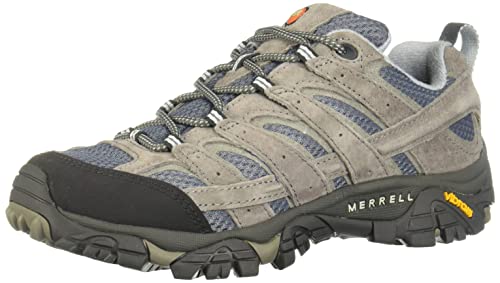The Best Fishing Lures for Your Tackle Box of 2024
Overview
Fishing lures are small, artificial objects that are attached to a hook and tied to the end of a fishing line. They are often shaped like a fish's prey. They're used to draw fish to your fishing line. Lure fishing is a fun, vigorous activity that allows you to cover a lot more water.
On average, lures catch somewhat larger fish and attract fewer undesired bycatch. Lures almost invariably hook fish in the jaws, lips, or mouth, making catch and release easier and safer. As a result, it's essential equipment for any angler to put in a tackle box.
But, with so many various types, brands, styles, and sizes of bass fishing lures available, how do you know which ones to keep in your tackle box for best results? Whether you're a rookie angler, a seasoned veteran, or a newbie, practically all fishermen can agree on one thing: buying bass fishing lures online, in particular, may be intimidating.
Here are our selections for the top 7 types of bass lures for the most effective bass tackle box, to spare you some time roaming around the tackle shop:
Top Picks
-
Best Overall: TRUSCEND Fishing Lures
-
Best Budget: Booyah Boo Jig Bass Fishing Lure
-
Best Premium: TRUSCEND Fishing Lures
-
Most Soft: TRUSCEND Pre-Rigged Fishing Lures
-
Best Style: CharmYee Bass Fishing Lure
-
Best for Small Mouth: BOOYAH Pond Magic Small-Water Spinner
-
Most Sturdy: Rose Kuli Fishing Lures
-
Best Value: PLUSINNO Fishing Lures
Buying Guide
When looking for the finest fishing lures, there are a few things to keep in mind:
For a novice angler, lures might be a complex topic. There are so many to pick from, and each sort of lure has its own set of characteristics. When it comes to choosing fishing bait, there are some major distinctions between natural and artificial bait that beginning fishermen should be aware of. Continue reading to learn about the greatest lures for the job. So, let's get started.
1. Size and Weight
Determine the type of fish you want to attract and match the bait to the prey. Large bait can spook the fish you're hoping to catch, while small bait can be overlooked.
Small fish do not always act as you would think and will inspect any substantial food, even if they are unable to consume it. Depending on their dietary habits and preferences, this behavior differs from one species to the next. Consider the diet of fish and choose the most suitable for them.
2. Color
When it comes to bait color, keep in mind that the color you see is not the same as the color a bass or tune will see in its natural habitat. Imitate the prey's hue. The majority of the foods that fish consume are naturally colored. Even the most appealing hues might lose their appeal when fished for bass. Instead of the intricate options, light or dark colors of lures are preferable.
3. Type of Lure
There are two types of baits: hard and soft. Soft baits are usually inserted to a hook that has been tied on. Soft plastics, like worms, lizards, grubs, and artificial fish, are an incredibly effective way to fish while also being less expensive. Hard baits are usually tied straight to your line and will evoke some sort of activity when you reel them in. For beginners, crankbaits, top-water lures, jigs, and spinners are the best options.
4. Lure Action
Different lures move and dance differently in different conditions. Choose crankbaits when you need speed, subsurface lures for a wide range of action from jerking, splashing to suspending, and sliding.
FAQs
1. What is the best fishing lure to use?
Jigs, crankbaits, plastic worms, spinnerbaits, and swimbaits are all good bass lures that may be cast near bass cover and presented properly throughout the year.
2. What attracts a fish to a lure?
The sense of smell is the principal means by which most fish locate prey. While many hunt with their eyes and lateral lines, it is their sense of smell that takes them to food in the first place.
3. What lures should I use?
Size your lures based on the tackle you're using and the species you're targeting. When fishing for panfish (bluegill, sunfish, crappie, and perch), use smaller jigs and grubs, and larger lures like spinnerbaits and crankbaits when fishing for larger fish (bass, walleye, and pike).
Final Thoughts
That concludes my list of the best fishing lures ever created. Of course, there are many more that have lasted the test of time, but space prohibits us from listing them all. Feel free to offer your own suggestions for the top lures of all time, and I'll attempt to write about them later. We look forward to hearing from you.







